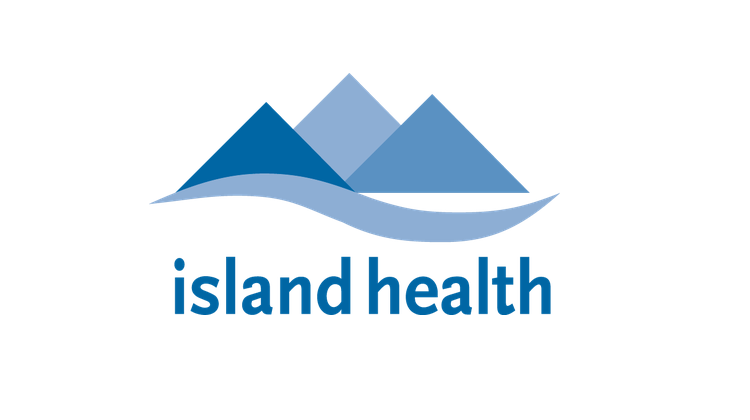QUALICUM BEACH, B.C- People should be careful when they’re harvesting herring eggs.
That’s according to Island Health, who have issued harvest advice after a small group of people caught cholera during last year’s harvest.
The health authourity had been investigating the cause of the cholera cases, which appeared in the French Creek and Qualicum Bay areas. The same kind of bacteria that caused the cases was found in herring egg and marine water samples.
The health authourity had the following findings about the 2018 cholera cases.
- It is a natural inhabitant of the marine and estuarine environment.
- It is not an indicator of poor sanitation or sewage contamination.
- Infections are relatively rare, but when they occur, include such symptoms as diarrhea, abdominal cramps, fever, vomiting, nausea, blood and mucus of the stool.
- Individuals with less stomach acid (young children, elderly and those taking antacids) and/or with underlying medical conditions (i.e. chronic liver disease, people with a compromised immune system and people with other chronic illnesses) are more at risk.
- Usually the illness is self-limiting and of short duration (less than one week, usually 1-3 days).
- Until 2018, there has been no reported outbreaks associated with this bacteria following the consumption of seafood.
The bulletin stated that a number of factors impacted the survival and growth of cholera bacteria in marine environments. Climate change was cited as one of those factors, which included rising temperatures that would increase the risk of infection.
The two most important factors that contribute to the growth of the bacteria are water temperature above 10⁰C and low salinity seawater.
“At the time of the March 2018 harvest, although water temperatures were below 10⁰C, a relatively high rainfall could have affected different environmental factors, including lowering salinity and increasing nutrient availability,” read the bulletin.
“Unlike other shellfish monitoring programs that have early warning indicators, there is currently not a single signal or combination of environmental signals that could be monitored to reliably predict the abundance of the bacteria in water.”
Island Health is now saying that time and temperature control are the most important factors in the growth of cholera bacteria in seafood, and the following key steps can be followed to reduce risks.
Before Harvest:
- Sanitize totes and equipment used for harvest and storage prior to use with a sanitizing agent. Include any surfaces seafood may come in contact with, such as rakes and surfaces within the vessel.
- Sanitizing options:
- 200 ppm bleach solution: add 17 mL of 5% sodium hypochlorite to 4 litres of water. Refer to the BC FOODSAFE Chlorine Dilution Calculator to calculate any volume http://www.foodsafe.ca/dilution-calculator.html, OR
- 200 ppm peracetic acid OR
- 200 ppm quats (quaternary ammonium) solution OR
- Environmentally safe disinfectant options to avoid introducing chemicals into the environment:
- steam or hot water rinsing, cleaning, and sanitizing at temperatures above 70°C or 160°F OR
- 1% Virkon aquatic solution OR
- Other recognized sanitizers approved by Health Canada for aquatic environments.
During Harvest:
- Wash hands with drinking-quality water and soap before handling eggs.
- Where possible, rinse eggs using drinking-quality water or use boiled and cooled salt-water to preserve taste (38 g of salt per litre or two heaping tablespoons in 4 cups is equivalent to sea-water specific gravity of 1.026). Rinsing helps to reduce some of the bacteria that may be present.
- Use ice made with drinking-quality water to keep eggs cold.
- Place harvested eggs immediately on plenty of ice in a cooler or tote to keep product cold (less than 4°C) and minimize time outside of cold storage. This will prevent bacteria from growing.
After Harvest:
- Keep harvested eggs cold at all times, including during transportation. Refrigerate or freeze as soon as possible. It is important to avoid delays between harvest and refrigeration.
- Wash hands with drinking-quality water and soap before handling eggs.
- Use drinking-quality water in preparing herring eggs.
- Sanitize equipment and utensils used for handling herring eggs.
- Cook herring eggs to an internal temperature of 63⁰C for at least 15 seconds to destroy bacteria. Blanching herrings eggs in salted boiling drinking-quality water will also reduce bacteria levels: to blanch add eggs to salted-boiling water for 1 minute, remove and add to chilled boiled salted water. If cooking is not preferred, be aware that there is always a risk with eating raw seafood.
- Under refrigerated storage at 4⁰C or lower, seafood will have a shelf-life of 1-3 days.
Anyone who experiences diarrhea, abdominal cramps, fever, vomiting, nausea, or blood in the stool after eating herring eggs is advised to visit their health care provider.
Individuals with less stomach acid (young children, elderly and those taking antacids) and/or with underlying medical conditions (i.e. chronic liver disease, people with a compromised immune system and people with other chronic illnesses) should be particularly aware of these possible symptoms and seek medical care immediately.
Usually the illness is self-limiting and of short duration, between one week or three days.
The health authourity said that the presence of cholera along the British Columbia coast is an emerging issue, and work is ongoing between the provincial and federal governments, First Nations communities, and health networks to understand the issue.
For anyone who needs immediate help, call the nurse line at 811, or Drug Poison Info Line at 1.800.567.8911.






